Understanding the Benefits of Geo Cell Grid in Geosynthetics for Sustainable Infrastructure
Explore the benefits of geo cell grids in construction for soil stabilization, load-bearing capacity, and sustainable infrastructure.
Tel: +86-411-39569550 | E-mail: info@geofantex.com/geofantex@gmail.com
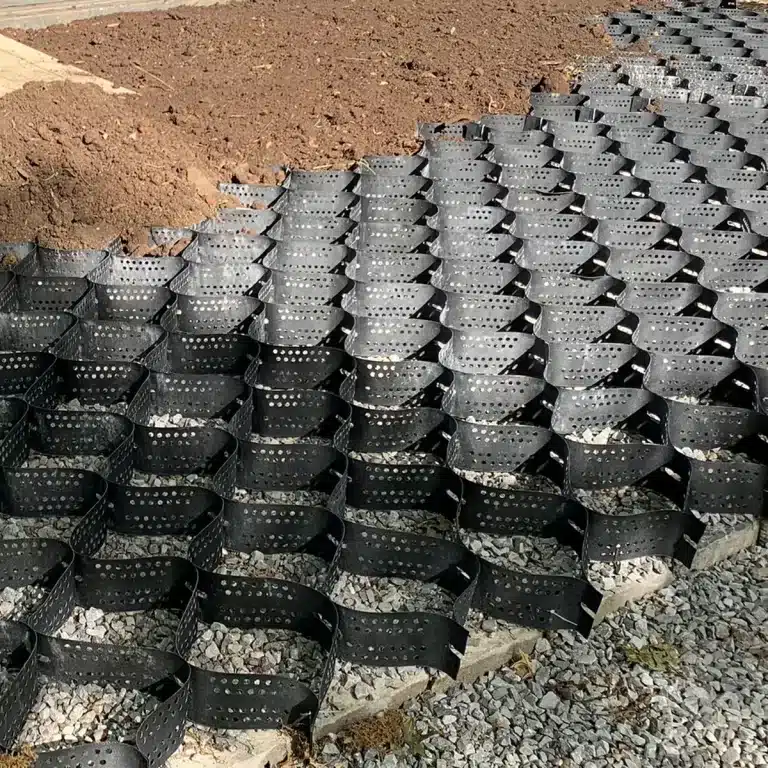
Explore the benefits of geo cell grids in construction for soil stabilization, load-bearing capacity, and sustainable infrastructure.
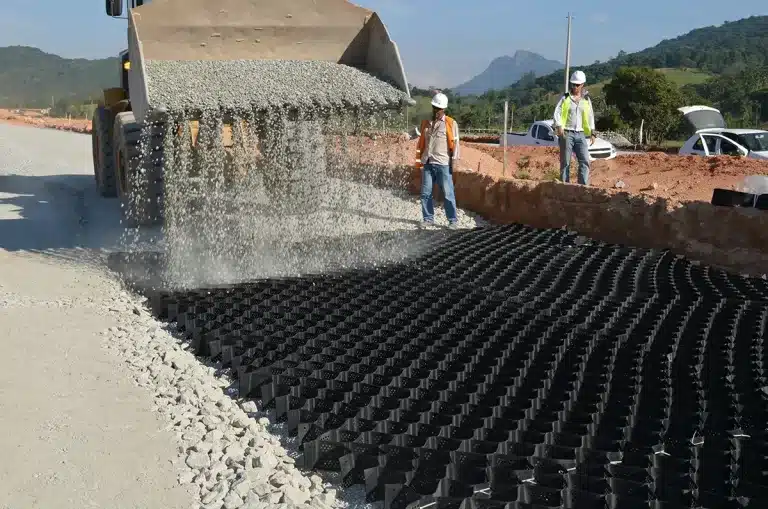
Explore the benefits of geo cell grids in construction for soil stabilization, load-bearing capacity, and sustainable infrastructure.
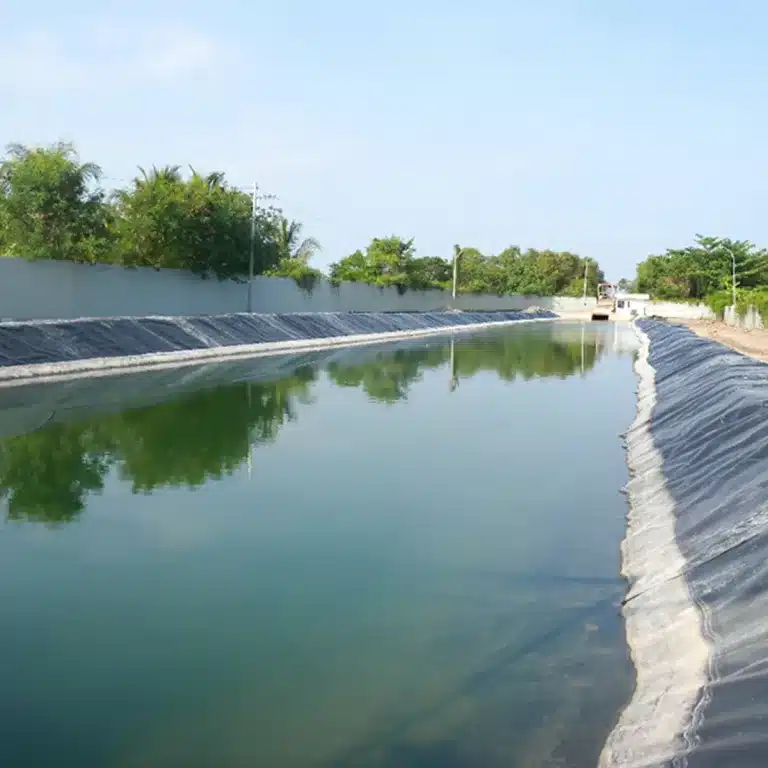
Choose Geofantex as your geomembranes supplier factory for premium liners, durable geosynthetics, and expert support.
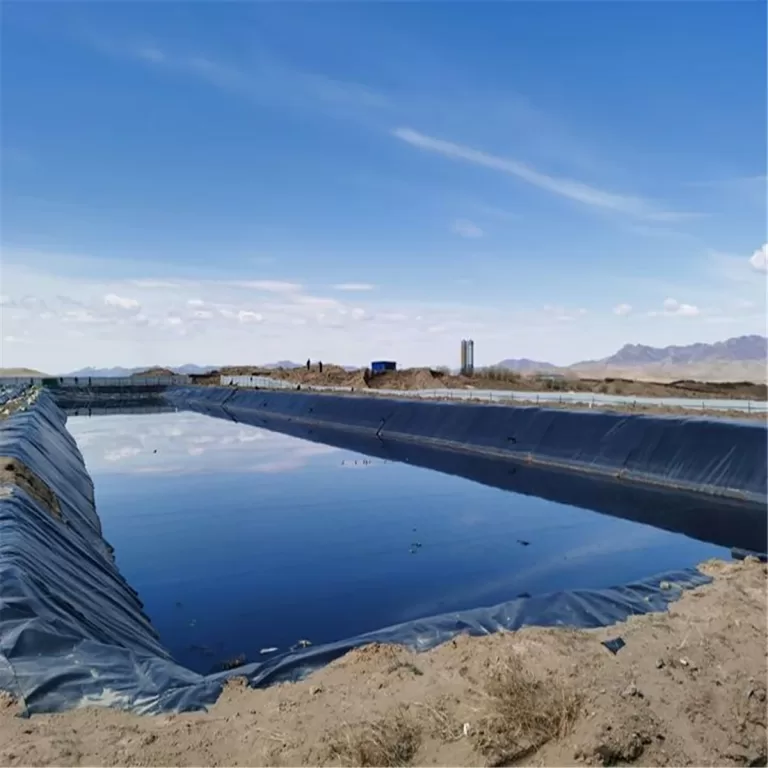
Choose Geofantex as your geomembranes supplier best for premium liners, durable geosynthetics, and expert support.
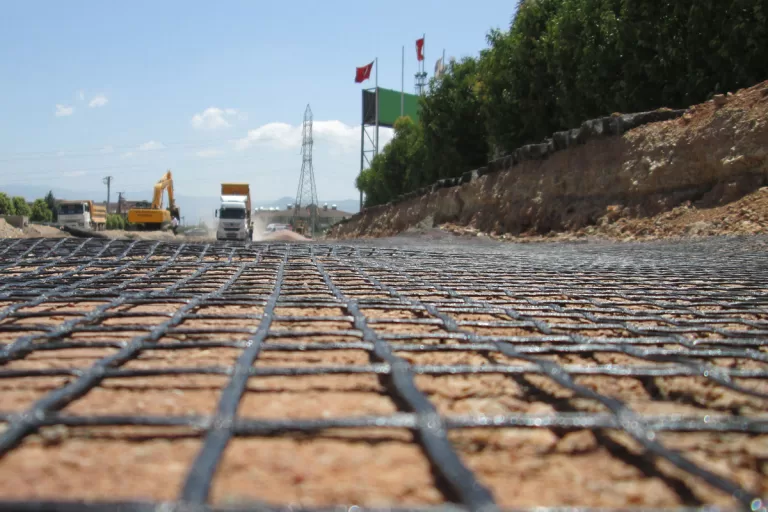
Learn how retaining walls geogrid improves wall stability, reduces maintenance, and strengthens soil structure efficiently.
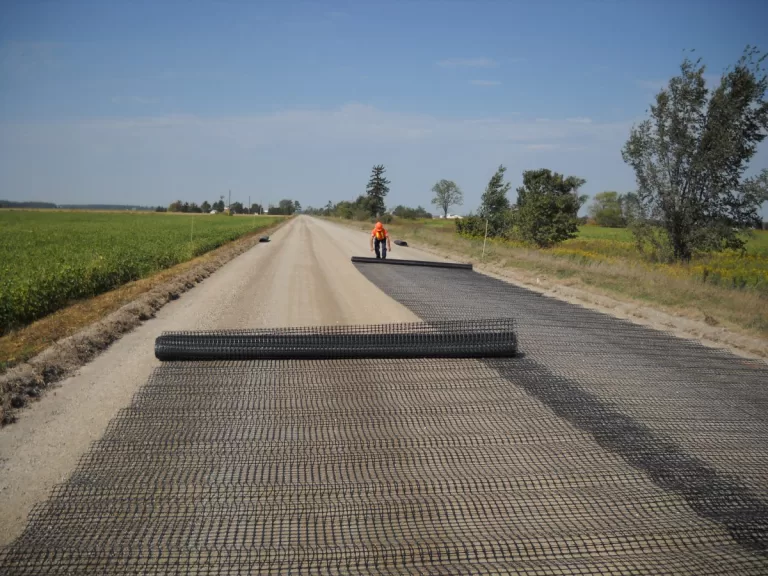
Explore how geogrid for driveways improves driveway durability, reduces maintenance, and strengthens soil structure efficiently.
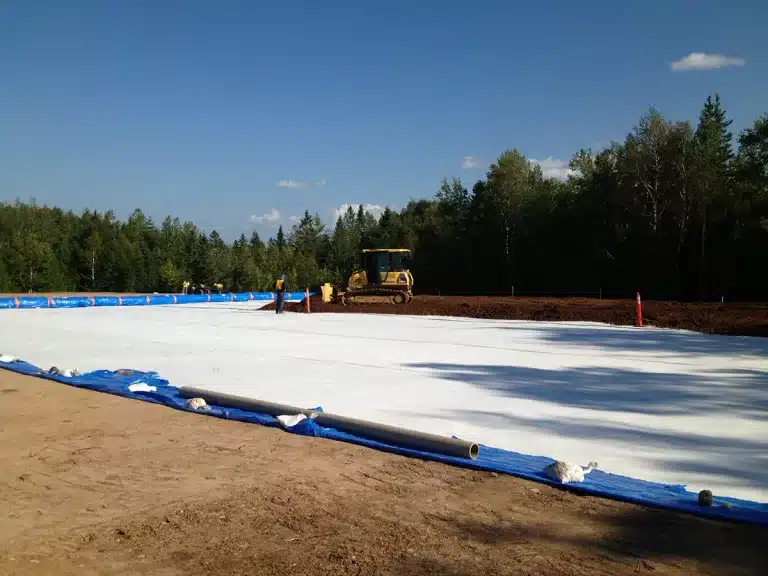
Explore Geosynthetic Institute standards and case studies in landfills, mining tailings, and stormwater management.

Explore geosynthetic clay liners applications in landfills, mining tailings, and irrigation for long-term containment.
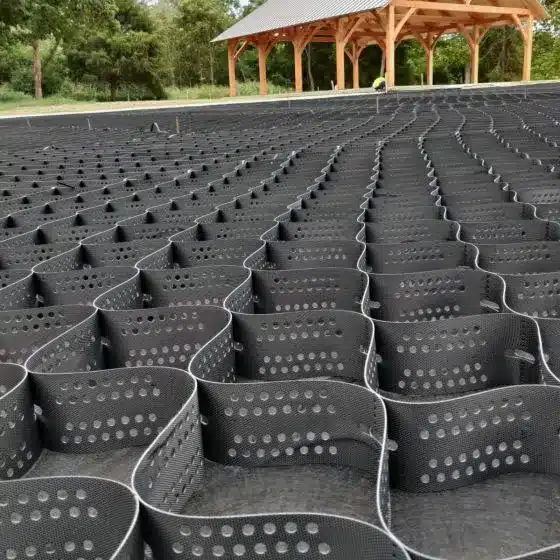
Explore geocell price in real projects for slope, riverbank, and landfill stabilization with cost-effective results.
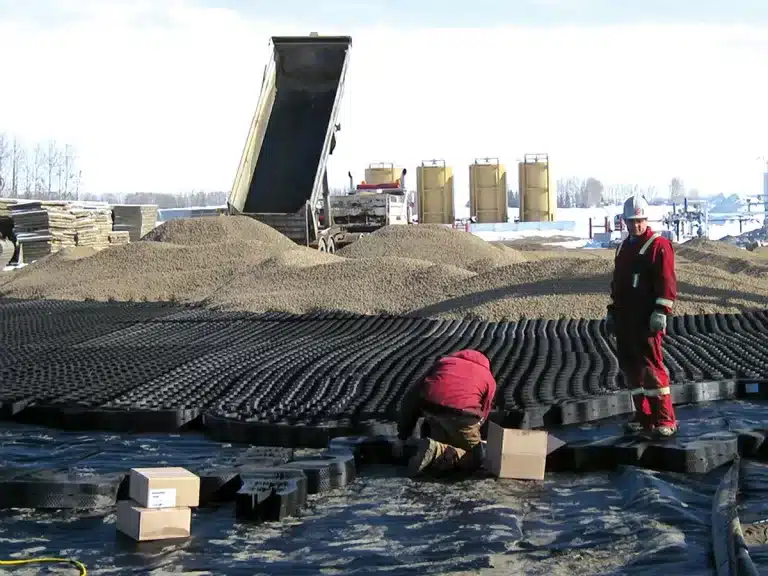
Proven geocell erosion control cases in highways, riverbanks, and landfills, enhancing stability and environmental protection.
End of content
End of content
WhatsApp us